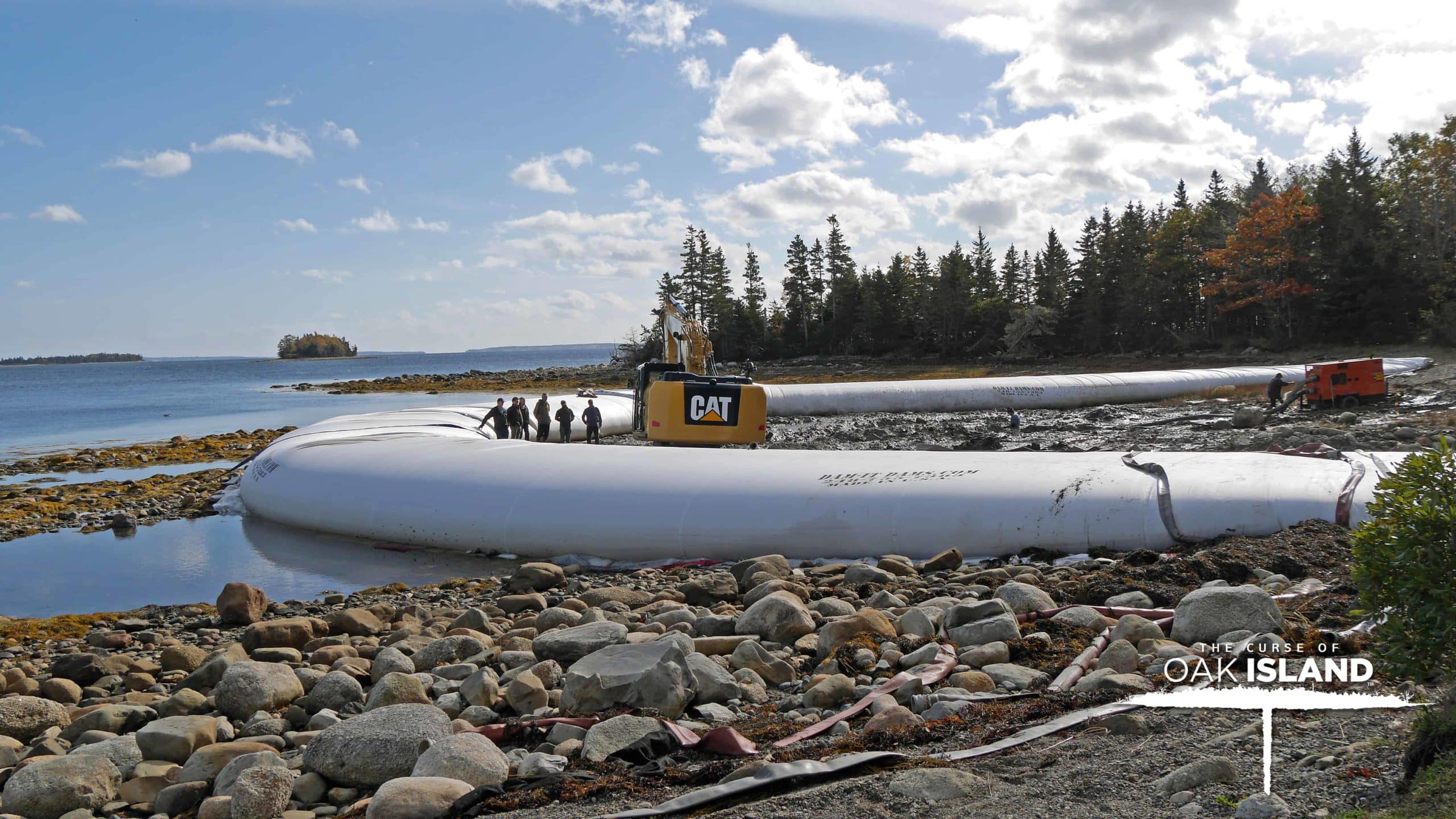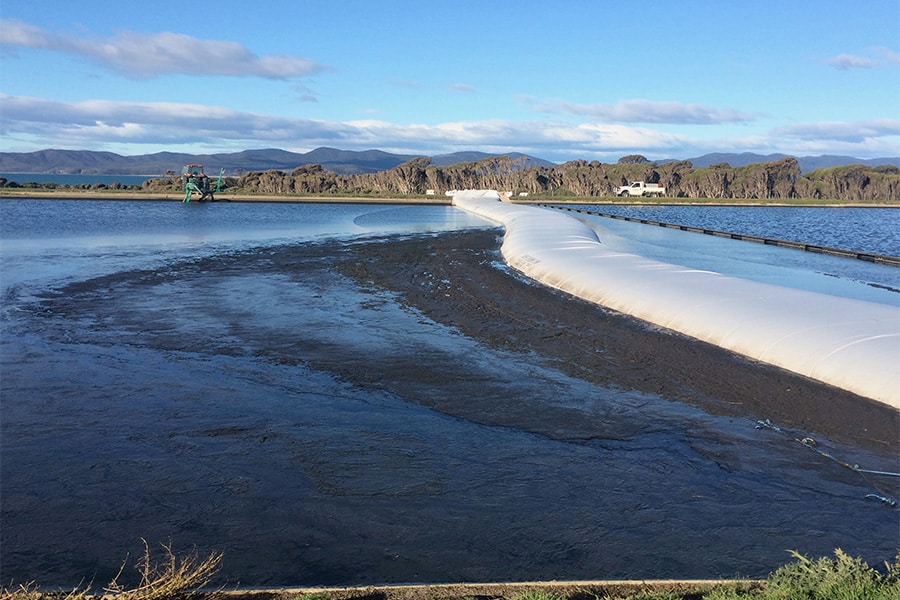Inflatable cofferdams are a practical construction, ecological restoration, and flooding control tool. They are quick and easy to deploy, requiring little setup or prep time ahead of construction. Thanks to their reusability, they are some of the most ecologically friendly temporary damming options available on the market today. But how do they work, and how does something that arguably looks like a giant balloon pioneer the future of damming technology? Read on to find out more!
Materials Used In Inflatable Cofferdams
Many in the construction industry will be aware of geotextile materials’ flexibility and multitude of uses. Inflatable cofferdams from Dam-It-Dams use these materials to make their water barriers’ exterior and interior linings. However, geotextile is a broad definition that can vary in use and construction, including porous and non-permeable membranes that serve various uses throughout many industries. In the case of cofferdams, the synthetic geotextile materials combine polyvinyl chloride and polyester. This material is flexible, water resistant, can withstand punctures, and is a lightweight alternative to other heavier materials used in cofferdams like steel, concrete, or sandbags.
How Are Geotextiles Produced?
The advent of synthetic materials used in our inflatable cofferdams goes hand in hand with creating plastics and other petroleum-based products. Things such as polyester, PVC, and other composites have been used for decades and continue to provide a recyclable alternative that is as strong as steel of the same thickness but is far lighter and more flexible, making for a thin but durable barrier that can then be inflated with water and stabilized with internal baffle systems to create an impenetrable barrier. Creating such materials follows the same steps as any plastic-derived product but with a few extra steps. The plastics are then extruded into thin filaments, woven into sheets, plunged into cold water to harden, and bound together to create a seamless hollow tube that can vary in size.
The Engineering Behind Inflatable Cofferdams
While we may know the components that go into making an inflatable cofferdam the hyper-durable and flexible damming option, what makes them so effective as dams? The effectiveness and versatility of inflatable cofferdams lie within the system of baffles on the interior of the dam. While the hydrostatic pressure changes from the force of water on one side of the cofferdam, the baffles align to create a series of flooded channels and voids, providing stability and keeping the cofferdam in place without the need for stakes or ties. However, this process is not infallible, and in the case of high winds or rapidly changing water levels, an inflatable cofferdam can be assisted by additional reinforcements. Moreover, while versatile and safe, inflatable cofferdams do require certain conditions to be met before setting them up. The area beneath where the cofferdam will be placed must be made as level as possible, with large and sharp debris removed prior to installation to help ensure a quality seal and reduce the chance of puncture.
Learn More About Inflatable Cofferdams And Get Yours From Dam-It-Dams Today!
Here at Dam-It-Dams, we pride ourselves on having decades of experience in the construction and damming industries, which allows us to bring expert guidance to every product we sell. You can learn more about inflatable cofferdams, their uses, and how to make the most of yours, along with various industry trends, by now checking out our professional blog. Schedule your free cofferdam consultation and quote now! You can get started on your order by contacting us online or by calling 810-695-1695 today!


